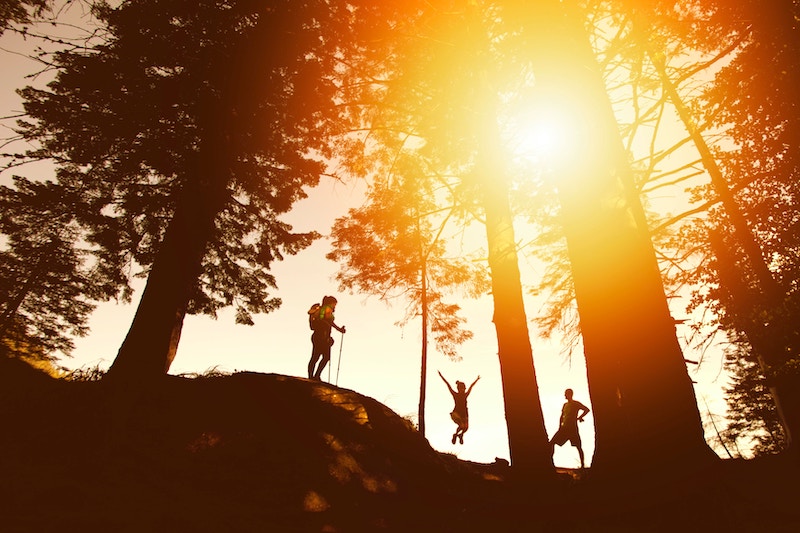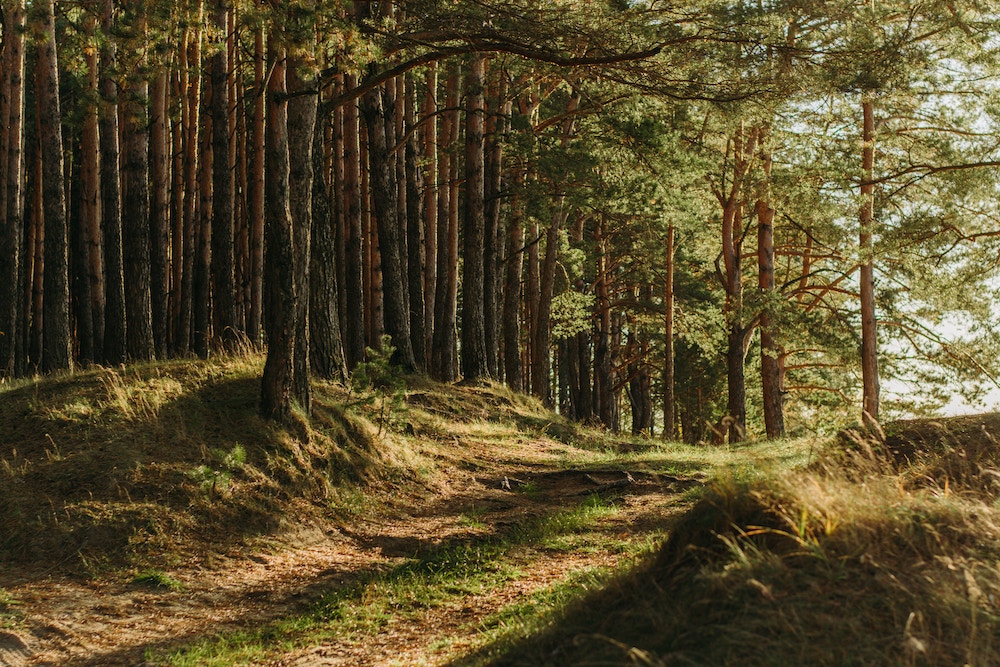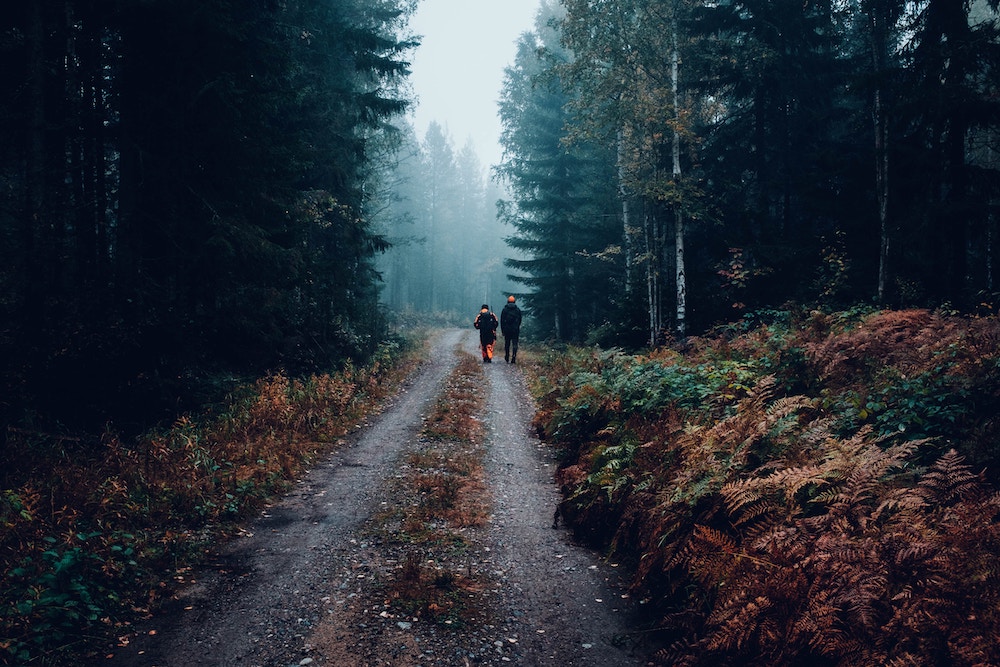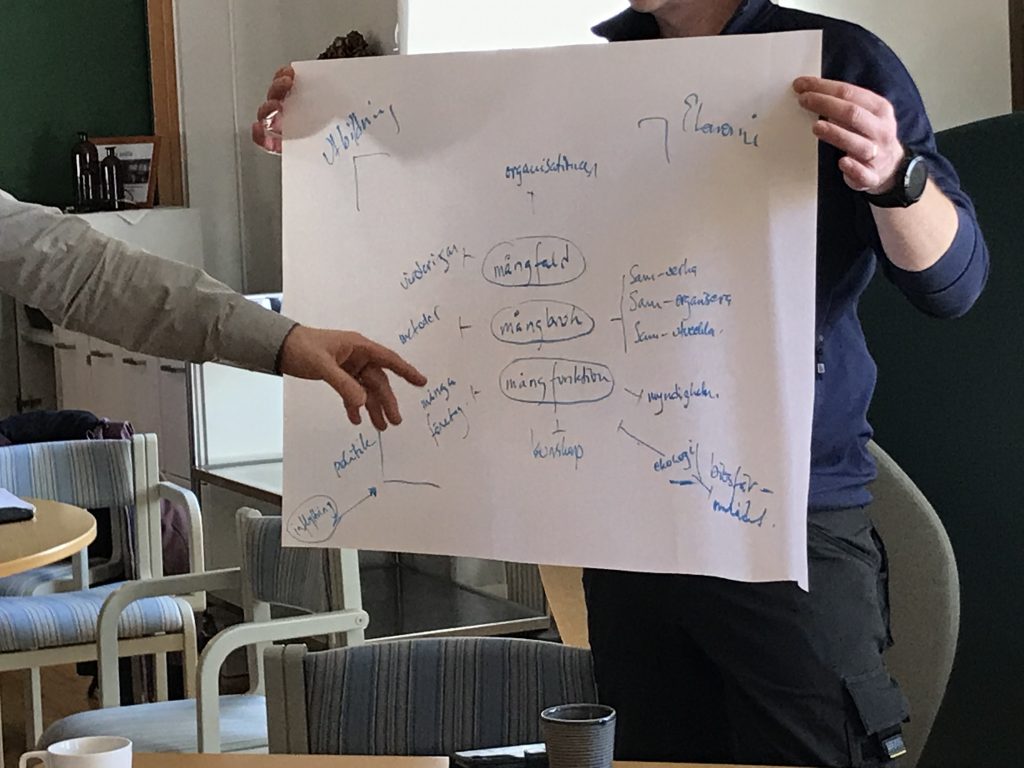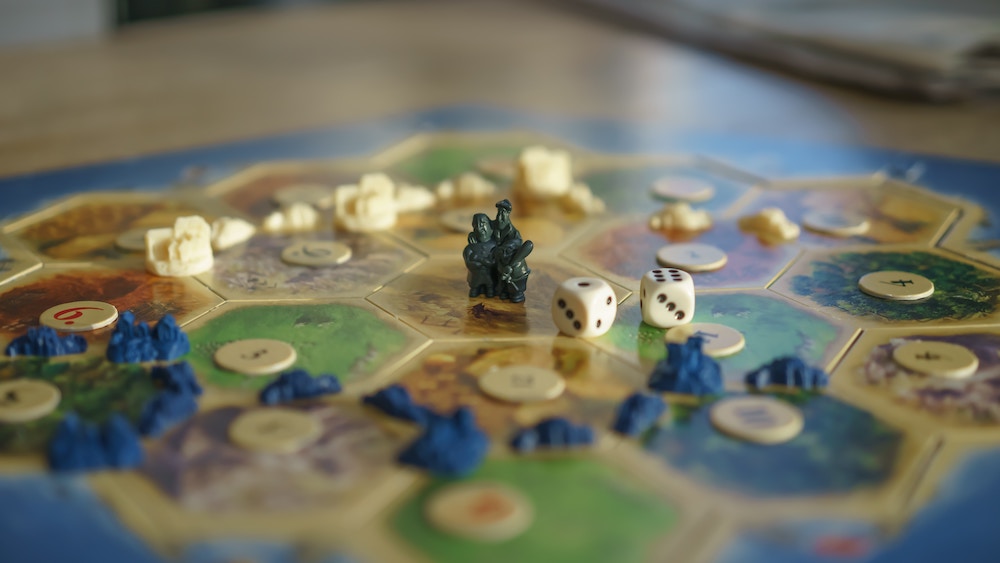Landpaths researchers within subproject urban landscapes and future imaginaries discussed the future of greenery in southern Uppsala with citizens and stakeholders during a short workshop in Sävja, southern Uppsala at the end of November 2024. The development of southern Uppsala has been a topic of discussion and public resistance after the municipality announced its plans to build housing for 50 000 new inhabitants in southeastern Uppsala that is currently inhabited by 10 000 people, by 2050 and a tram line connecting the southeast and southwest of the city.
Early in the morning of a grey and rainy Thursday in November, the café at Linnés Sävja filled with lively conversations between about 25 participants, including members of local outdoor associations, people working in culture and education, and representatives from different interest organisations. All had been invited by the urban landscapes and future imaginaries sub-projects within LANDPATHS to a workshop to discuss the future of green spaces in southern Uppsala.
Divided into five groups of about six people each, the participants greeted each other and were welcomed by Lara Tickle, postdoc in the urban landscapes subproject. Thereafter, Marcus Hedblom, professor in landscape architecture at SLU Uppsala and leader of the urban landscape subproject explained the latest scientific findings on the importance of urban green spaces.
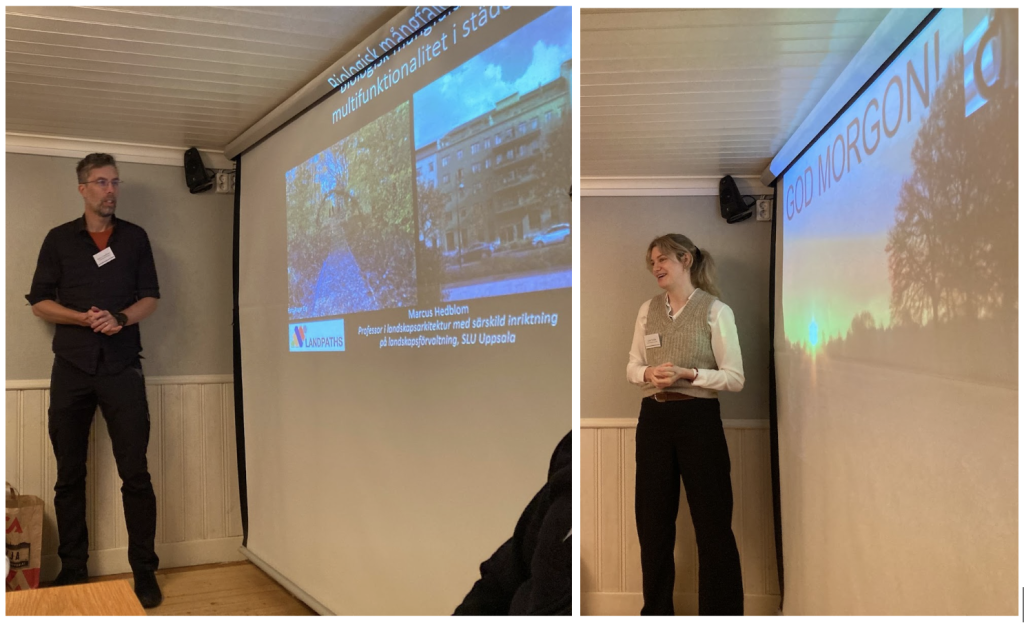
Urban greenspaces important for human health, biodiversity and temperature control
In cities, 57% of all outdoor recreation happens in green urban spaces within a distance of 2km from the citizen’s home. Therefore, careful planning of the distribution of greenspace is important. The beneficial effect of greenery such as forests on human health has been shown to stem from visual appearance, sounds (e.g. bird song) and even scent. Children play more actively and creatively in forests as compared to playgrounds, where play takes on a more competitive nature.
Although fostering biodiversity is encouraged in urban green spaces, 51% of all green areas in cities are still lawns (managed grass). More effort is needed to add variety, especially as it is now known that both mental and physical diseases such as chronic inflammation, allergies and depression are increasing among the urban population and green spaces are a remedy for these city-life symptoms. In the light of climate change and longer heat waves in summers, green areas are also crucial since they provide shade and lower the ambient temperature.
Despite the fact that these positive effects are known and policies for creating urban green spaces exist, they are often not well integrated in practice and sustainability discussions become too frequently focused on grey elements (buildings) rather than green spaces.
Challenges for Southern Uppsala
Having listened to this information, the participants were asked to think about their own vision for southern Uppsala, and which opportunities and challenges they foresee. They were also asked to formulate a headline that they would like to see in the news in 2050, to describe the green spaces in Uppsala and how the urban landscape has changed since the completion of the planned development in southern Uppsala.
Given the ongoing heated debate about the planned development, the awareness of challenges was clearly sensed during the discussions. Participants mentioned a desire for more long-term perspectives during city planning, better knowledge among decision makers, a willingness to scrutinize current norms and improved integration of ecological, social and sustainability aspects in the planning phase, and enhanced participation among citizens.

An opportunity for multifunctionality
However, opportunities were also described, such as the proximity of southern Uppsala to an established nature reserve (Lunsen) that can be integrated as ‘grown green space’ with high biodiversity, the possibility to work with nature to foster integration in this neighborhood that has a significant contribution of immigrants, an opportunity for citizens to become active and to influence the decisions that are made, and an opportunity to connect culture and nature and create green multifunctional activity spaces. Participants proposed imaginary newspaper headlines for such scenarios that read “Uppsala succeeded in combining biodiversity and city development”, “Uppsala municipality rethinks city planning”, “Southeastern Uppsala – where citizens get to decide” and “The forest as a place for integration”.
Next steps
Another workshop will take place in March 2025, to continue the development of the visions for the area, and identify possible ‘seeds of change’ that would help the opportunities become a reality.

